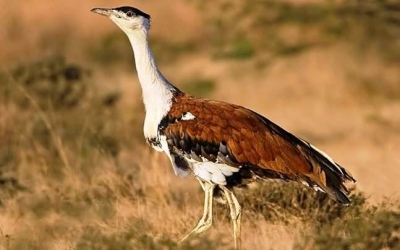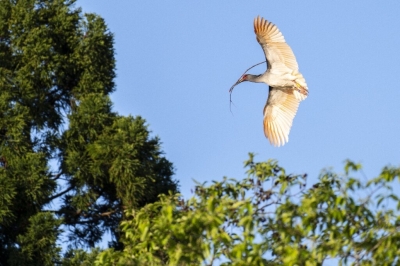
Red Cross
The Red Cross is an organisation that helps people suffering both during peace time and war. Even countries at war respect the neutrality of the Red Cross and allow its volunteers to serve the wounded. It was started by Henry Dunant and was formally launched in 1863 at Geneva, Switzerland. The Red Cross owes its name to its flag. Its flag is a red cross on a white background. May 8 is celebrated as World Red Cross Day to honour Henry Dunant’s birthday.
Red giant
It is any luminous giant star with a radius between 10 and 100 times larger than that of the Sun. When a star reaches the end of its life, the temperature at its core increases, thus causing it to expand. Hence the giant size. Red giants are stars that have run out of hydrogen supply in their cores and start deriving energy from thermonuclear fusion of hydrogen outside their core.
Redwood
It is a magnificent forest tree that grows along the west coast of the U.S. Redwoods are among the world’s tallest living trees measuring 60 to 85 m high. The tallest redwood tree is in California. It is 110 m high. These trees grow so close together that little sunlight reaches the ground. The wood is soft and red but it is remarkably resistant to insects and decay. In fact, the bark of the restwood tree is even fireproof because of its high water content.
Red Sea
The Red Sea is a long narrow arm of the Indian Ocean that separates the Arabian Peninsula from north-eastem Africa. It covers about 4,56,000 sq.km. The Red Sea is connected to the Mediterranean Sea by the Suez Canal, and is one of the busiest waterways in the world. It is called so probably because of the reddish brown algae that floats on its surface in summer.
Red card
It is a penalty card shown to players in many sports to indicate that the player has committed a serious offence and must leave the pitch for breaking the rules. The player is often barred from playing the next game as well.
Red Fort
The Red Fort in Delhi is the largest of old Delhi’s monuments, it was the palace of Mughal emperor Shah Jahan, It once housed the legendary Peacock Throne and the Koh-i-noor diamond. The fort’s massive defensive wall, two to 2.5-km long and 18 to 33m high, is made entirely of red sandstone. It is here that the Prime Minister hoists the national flag every Independence Day.
Redbreast
It is a small, European, thrush-like bird with a red breast, and commonly called robin. The bird, noted for its tameness, nests in ivy or other creepers on trees and walls, in plant pots or other containers. It has a sweet, warbling song and a loud penetrating ‘tic tic alarm call.
Red Square
It is the most famous landmark of Moscow. The historical square, built in the 15th Century during the reign of Ivan III, has remained the venue for important state functions. It lies in the heart of the city and is lined by some of Moscow’s most significant structures, including the Kremlin and St. Basil’s Cathedral. The Red Square is also home to Vladimir Lenin’s mausoleum.
Red blood cells
They are the disc-like cells from which the blood gets its familiar colour. They are so small that a drop of blood the size of a pinhead contains five million of them. Their main constituent is the red pigment haemoglobin.
Red carpet
It is traditionally rolled out on the route taken by Heads of State and dignitaries on ceremonial and formal occasions. In recent times, it has been extended to VIPS and celebrities as well on events such as award functions. This practice gave rise to the expression ‘red carpet treatment’.
Picture Credit : Google





